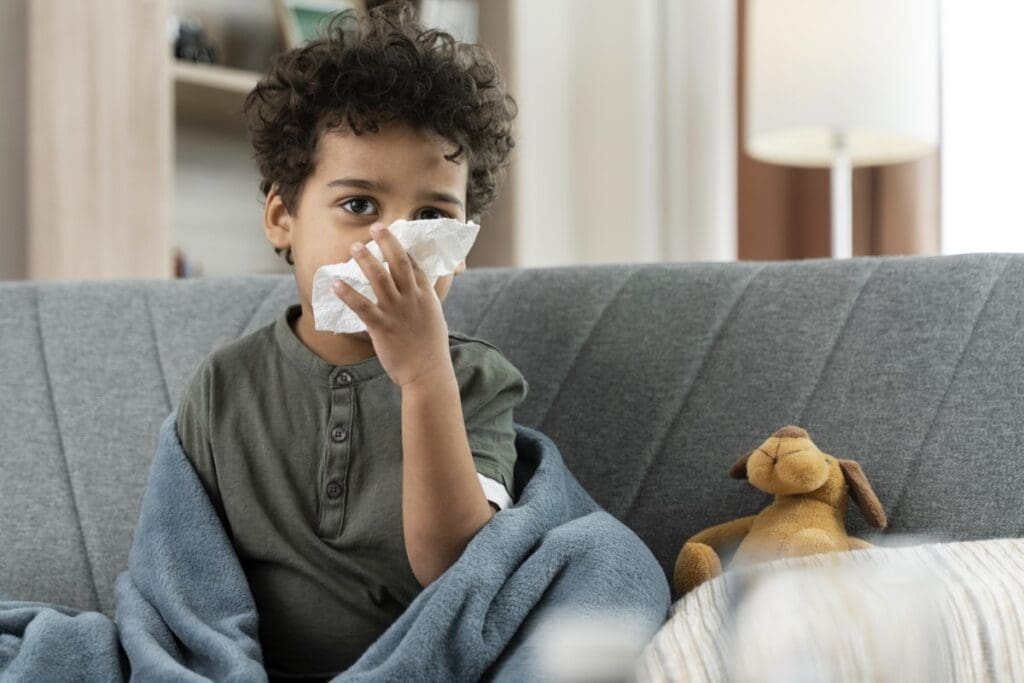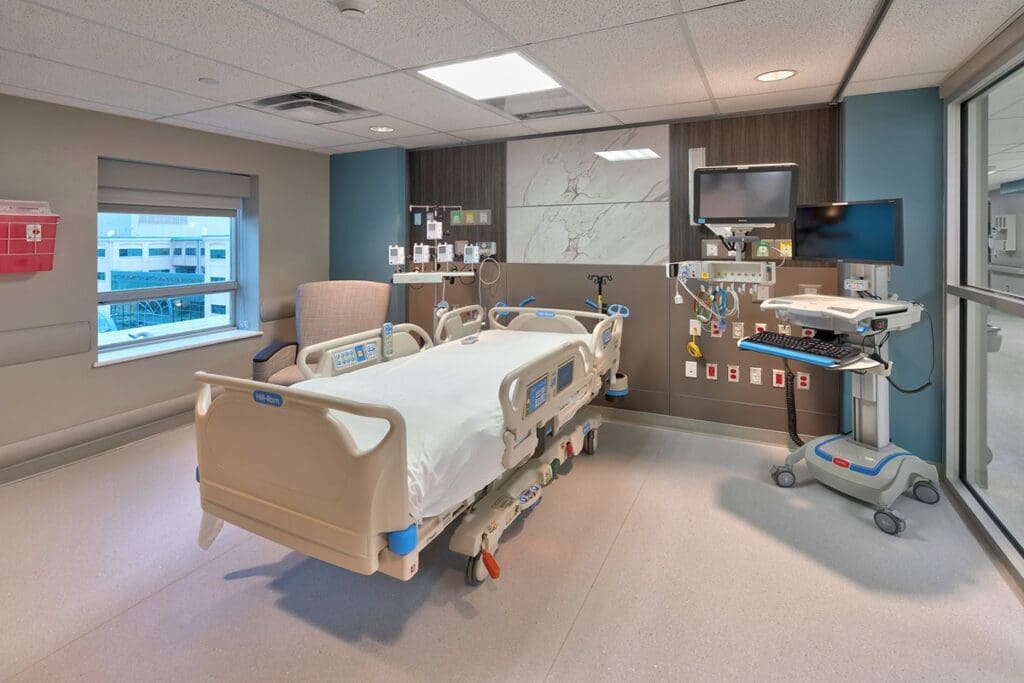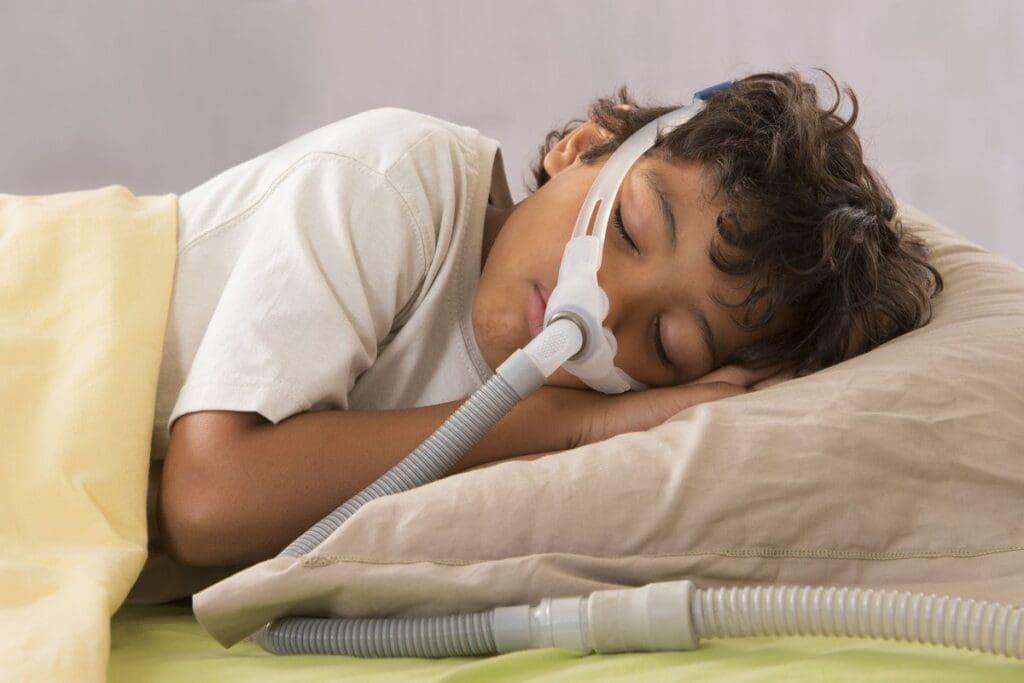Last Updated on November 24, 2025 by

It’s very important to know when a child is having trouble breathing. As caregivers, we must watch for signs that a child is not breathing well or getting enough oxygen.
Children with respiratory distress show certain symptoms. These can include breathing faster, pulling in their chest, and even turning blue. These signs can get worse fast if not treated right away.
Knowing these signs is key for parents and caregivers to act fast. This could save a child’s life. We will look at the main signs of breathing problems and when to get medical help. Recognizing labored breathing is a critical parenting skill. This powerful guide reveals 5 shocking signs that show your child needs immediate help.
Knowing the signs of respiratory distress in kids can save lives. It happens when a child shows many signs of breathing trouble. This can be due to infections, chronic illness, or a blocked airway. Spotting these signs early can greatly improve a child’s health.

Waiting too long to act on respiratory distress can be very harmful. It can lead to a higher chance of needing to go to the hospital. In some cases, it can even be life-threatening.
Prompt recognition of these signs is key. It allows for quick medical help, which can greatly improve a child’s chances of recovery. For example, catching Respiratory Syncytial Virus (RSV) early is important to avoid serious problems.
Pediatric respiratory emergencies are more common than many think. The CDC says RSV causes 58,000 to 80,000 hospitalizations in kids under five each year in the U.S. This shows how vital it is to watch for signs of respiratory distress and get help when needed.
Respiratory distress can be caused by many things, like asthma, allergies, pneumonia, or choking on something. Knowing these causes and their symptoms helps us give the right care to kids with breathing problems.
It’s vital to know the signs of labored breathing in kids to keep them safe and healthy. This condition, or respiratory distress, shows in different ways. Caregivers need to watch for these signs to act fast.

Tachypnea means breathing too fast. It’s a first sign of trouble in kids. Babies breathe faster than older kids. For example, babies breathe 30 to 60 times a minute.
Toddlers breathe 24 to 40 times a minute. If a child breathes more than this, it’s a sign of labored breathing.
Chest retractions happen when the chest sinks in with each breath. It shows the child is really working to breathe. You can see this around the ribs, above the collarbone, or below the ribcage.
Retractions breathingmeans the child is having trouble breathing.
When kids use muscles in their neck or belly to breathe, it’s a sign of trouble. This extra effort is a clear sign of laboured breathing.
Nasal flaring means the nostrils spread out with each breath. It shows the child is having a hard time getting enough air. This, along with retractions and tachypnea, is a serious sign.
Other signs of labored breathing include grunting, wheezing, and stridor. Also, look for persistent coughing, bluish skin, and too much sweating. Spotting these signs early is key to getting the right care and medical help.
Breathing troubles in kids change with age. Knowing these differences is key for early help. It helps us spot and treat problems quickly.
Newborns breathe faster than adults. Their rate is 30 to 60 breaths per minute. This rate goes down as they grow.
Watching their breathing is important. Fast breathing, or tachypnea, can mean they’re upset. Sometimes, gasping sounds are normal, but it’s good to check.
Parents, don’t worry too much about gasping or odd breathing in babies. But, if it keeps happening or gets worse, see a doctor. Knowing what’s normal helps you tell if something’s wrong.
As kids get older, their breathing rate slows. Watch for signs like nasal flaring or retractions. Toddlers breathe 20 to 40 times a minute.
If their breathing is way off, or if they have a fever or cough, get help fast.
School kids breathe about 15 to 30 times a minute. They can tell you if they’re having trouble. Listen to what they say and check how they’re doing.
Things like asthma or allergies can make it hard to breathe. Knowing about these can help manage the problem.
“Asthma is a major chronic disease affecting an estimated 8.3% of children in the United States.” – Source: CDC
Knowing how kids breathe at different ages helps us care for them better. It means we can get help when they need it.
If your child is having trouble breathing, knowing when to get help is key. Breathing issues can get worse fast. It’s important to know when to act quickly.
Some signs mean your child needs help right away. If you see any of these, get medical help fast:
When you take your child to the doctor, give them all the details. This helps them figure out what’s wrong and how to fix it. Here’s what to tell them:
Being ready with this information helps your child get the right care for their breathing problems.
Children can face many reasons for breathing troubles. These include infections, ongoing health issues, or airway blockages. Knowing these causes helps in giving the right care and avoiding serious problems.
Respiratory Syncytial Virus (RSV) is a common virus in kids. It hits young children and babies hard. It leads to serious lung infections like bronchiolitis and pneumonia. Spotting RSV early is key to easing symptoms and avoiding serious issues.
Asthma is a long-term condition that can make breathing hard for kids. Allergies can also set off asthma attacks. It’s important for parents to know what triggers allergies and keep their kids away from them. A good plan is needed to manage asthma and prevent severe attacks.
Pneumonia and bronchiolitis are infections that can really upset a child’s breathing. Pneumonia affects the lung’s air sacs, while bronchiolitis targets the small airways.
Foreign body aspiration happens when something is sucked into the lungs. This is a big worry for young kids who like to put things in their mouths. Keeping small items away from kids is a must to avoid this.
In short, knowing why kids have breathing troubles is key to helping them. By spotting the signs and understanding the reasons, parents and caregivers can get help fast. This ensures the best care for kids.
Knowing the signs of labored breathing is key to helping children with respiratory distress. Spotting the warning signs early and getting medical help fast is vital. This ensures quick action is taken.
We’ve talked about the main signs of labored breathing. These include breathing faster, seeing the chest pull in, and the nose flaring. Knowing these signs and the causes, like RSV and asthma, helps parents care better.
Being ready and aware can save lives. It helps parents and caregivers support kids with breathing problems. Quick medical help is critical, and knowing what to do is the first step to the best care.
Signs of labored breathing in children include fast breathing, visible chest retractions, and using extra muscles. You might also see nasal flaring, shallow breathing, and retractions breathing. If you notice these signs, it’s important to get medical help.
Infants usually breathe between 30-60 times per minute. If your baby is breathing faster than this, it could mean they’re having trouble breathing.
Tachypnea means breathing too fast. Yes, it’s a sign of labored breathing. If your child is breathing quickly, you should get medical help right away.
Even if your baby is making gasping sounds but seems to be breathing okay, you should talk to a doctor. Gasping sounds can mean they’re having trouble breathing, and a doctor can check on them.
Respiratory distress in children can be caused by many things. These include Respiratory Syncytial Virus (RSV), asthma, pneumonia, bronchiolitis, and choking on something. Knowing these causes can help you take care of your child better and prevent problems.
You should get medical help right away if your child is having trouble breathing, has severe chest pain, or has blue-tinged lips. Giving your doctor all the details about your child’s symptoms and health history is important for good care.
When you’re looking for medical help, tell your doctor about your child’s symptoms, health history, and any treatments they’ve had before. This information helps doctors give the best treatment and avoid complications.
Yes, shortness of breath can mean a serious problem in children, like respiratory distress. If your child is having trouble breathing, you need to get them to a doctor fast.
Knowing what normal breathing looks like for different ages can help you spot when it’s not right. If you’re worried about your child’s breathing, it’s best to talk to a doctor for advice.
Subscribe to our e-newsletter to stay informed about the latest innovations in the world of health and exclusive offers!